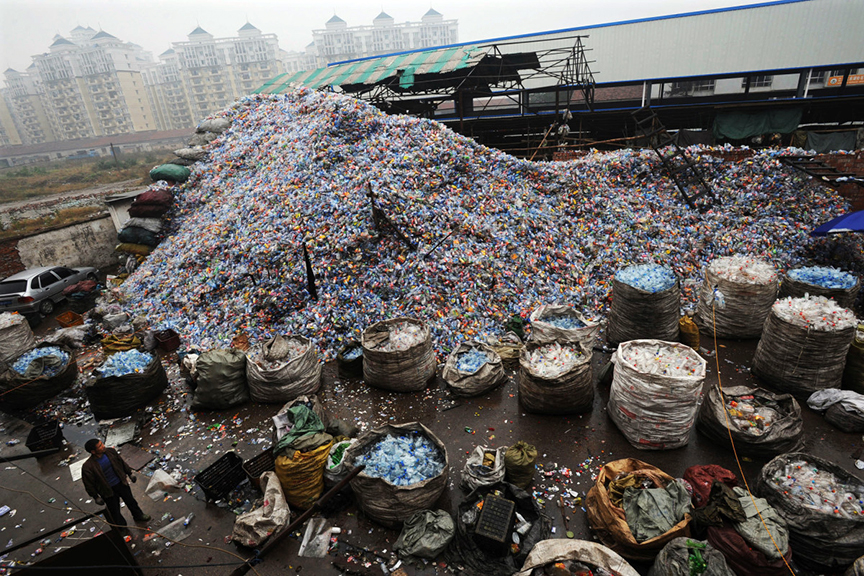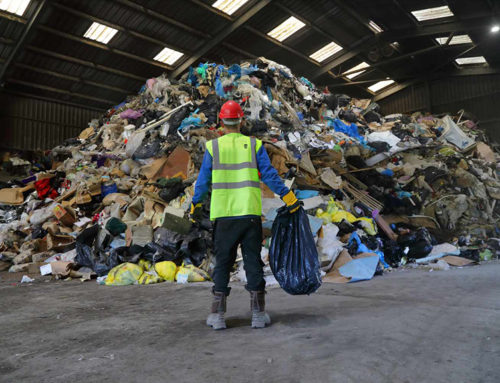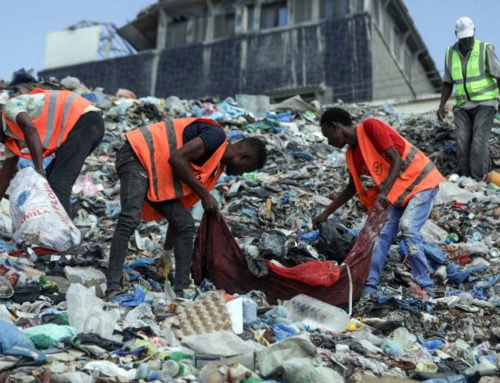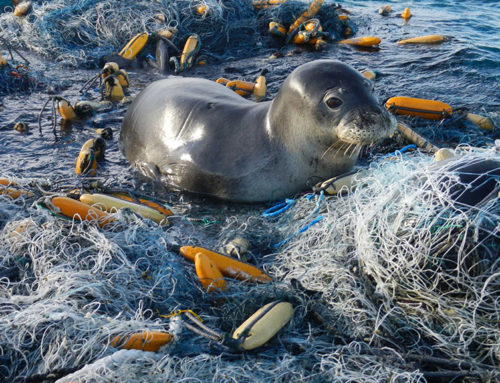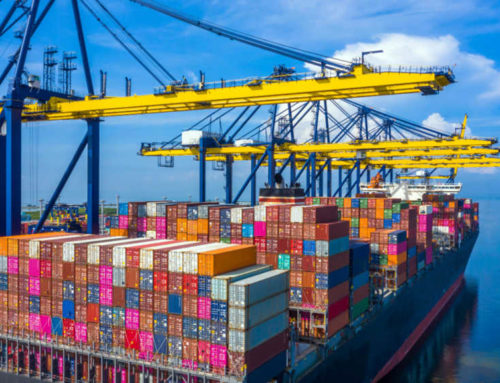Reflecting on time passed since China implemented its “National Sword” policy, a move that sent shockwaves through the global recycling industry, we see the effect that this policy has had, enacted in January 2018, effectively closed the doors to what had been the world’s largest market for recyclable waste. China’s ban on the import of most plastics and other materials marked a significant shift, disrupting recycling programs worldwide and forcing a reevaluation of how we handle waste.
China’s plastics imports have plummeted by a staggering 99 percent, triggering a major reshuffling of how materials from our recycling bins are processed. While plastics are the primary concern, mixed paper imports to China have also dropped by a third. The ripple effects are felt globally as more plastics find their way into landfills, incinerators, or worse, littering the environment.
Communities across the United States, from Douglas County, Oregon to Hancock, Maine, are grappling with the fallout. Some have curtailed collections or halted recycling programs altogether, leading residents to dispose of recyclables in the trash. The issue extends beyond U.S. borders, with Australia facing a crisis as it struggles to manage a 1.3 million-ton stockpile of recyclable waste once shipped to China.
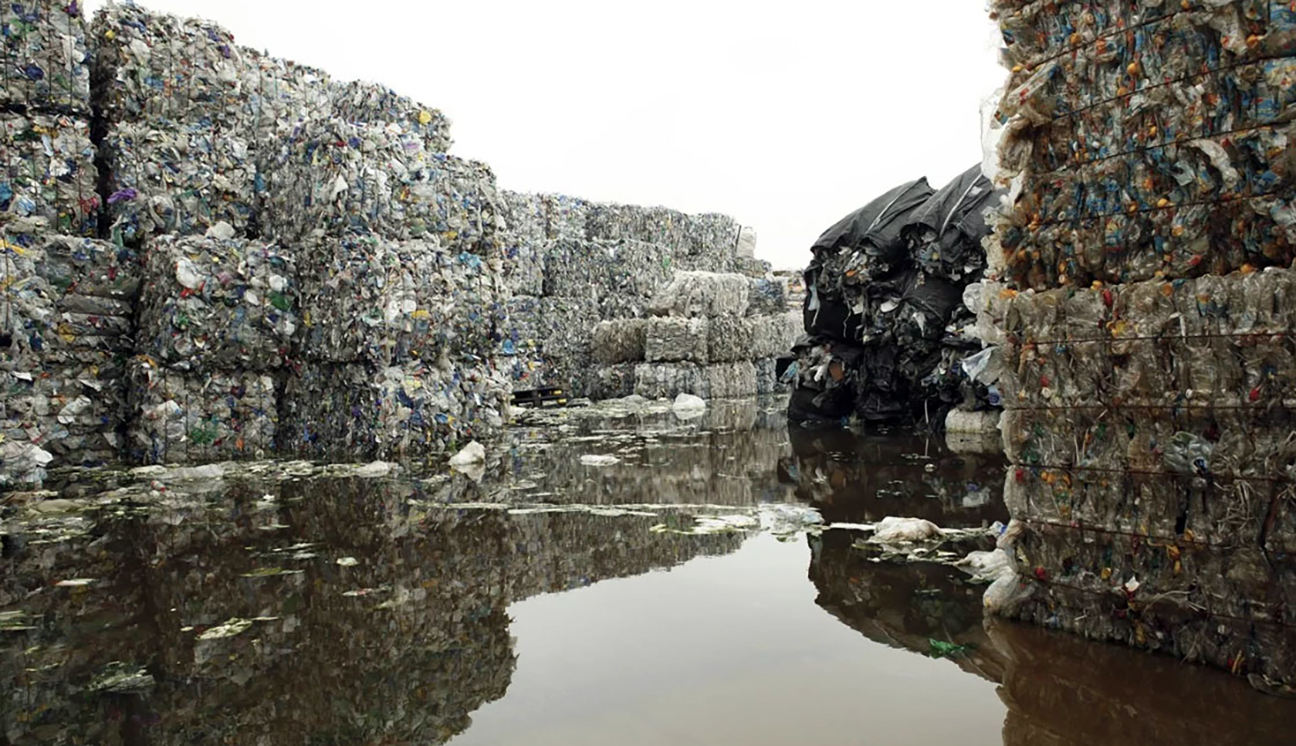
The China Effect: A Wake-Up Call for Sustainable Practices
Even before China’s recycling ban, only 9 percent of discarded plastics were being recycled globally, while 12 percent were burned, and the rest found its way to landfills or oceans. Now, with China no longer processing a significant portion of the world’s recyclables, experts warn that the waste problem, fueled by our throwaway culture, will continue to escalate.
The crisis, triggered by China’s recycling ban, could have an upside if it leads to better waste management solutions. Experts suggest expanding processing capacities in North America and Europe, as well as pushing manufacturers to create more easily recyclable products. Above all, it should serve as a wake-up call to drastically reduce single-use plastics.
Over the coming years, as much as 111 million tons of plastics annually will need a new processing destination due to China’s ban, and numbers will continue to grow. Efforts to fill this gap in 2018 were primarily undertaken by lower-income countries in Southeast Asia, but many lacked the infrastructure to manage the overwhelming volume.
Prior to the ban, the European Union and the U.S. relied on China to process 95 percent and 70 percent of their recyclables, respectively. This heavy dependence stifled the development of domestic markets and infrastructure, leaving both regions grappling with rising costs and falling incomes.
The recycling crisis has prompted action, however, with several U.S. materials recovery facilities expanding operations, upgrading equipment, and seeking new markets. Displaced Chinese processors are planning to open new processing plants in the U.S., offering hope for expanded domestic processing.
Policy changes are also on the horizon. The European Parliament approved a ban on single-use plastics, and cities like Seattle and Vancouver, along with companies like Starbucks and American Airlines, are taking similar steps. Britain aims to tax manufacturers of plastic packaging with less than 30 percent recycled materials.
Reflecting on the double-edged impact of China’s National Sword policy, it serves as a stark reminder that the old model of collect-sort-export is no longer sustainable. This crisis urges us to embrace better waste management practices, support U.S. remanufacturing, reduce single-use plastics, and collectively work towards a more sustainable and circular approach to handling our planet’s precious resources.

